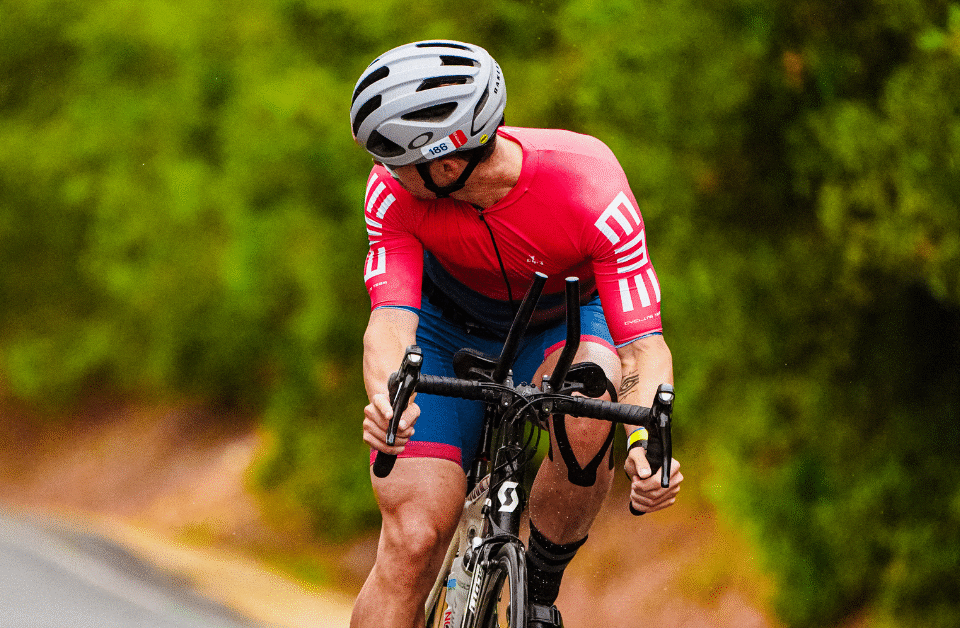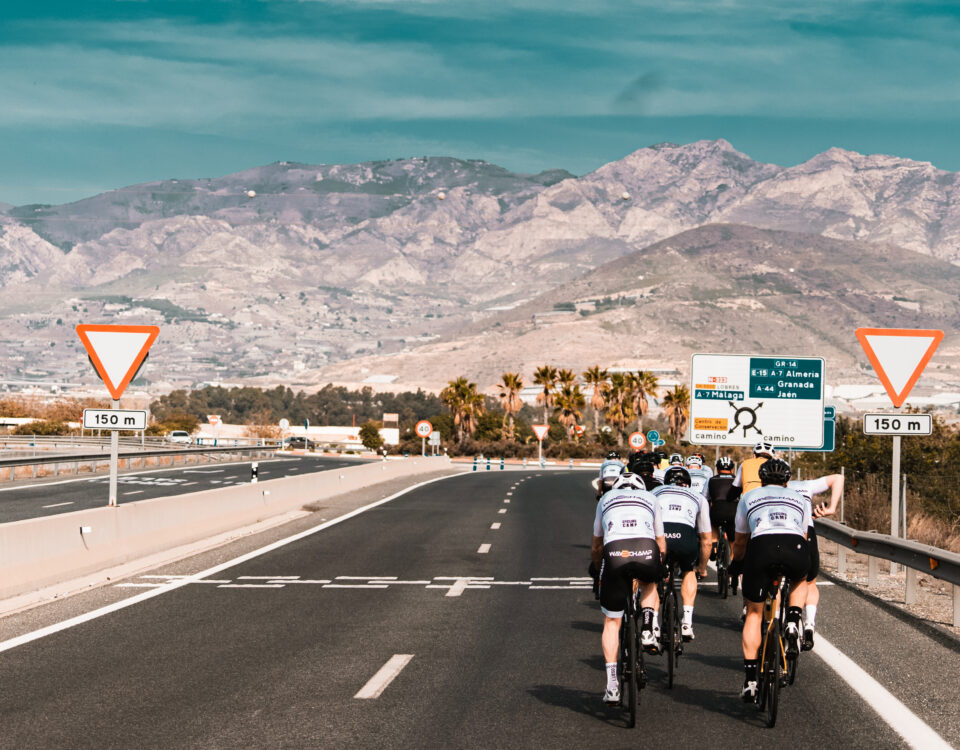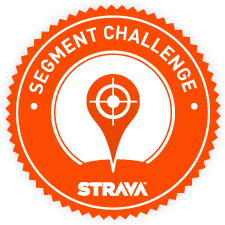
Beskidy MTB Trophy 2019 – Strava Cup
17 June 2019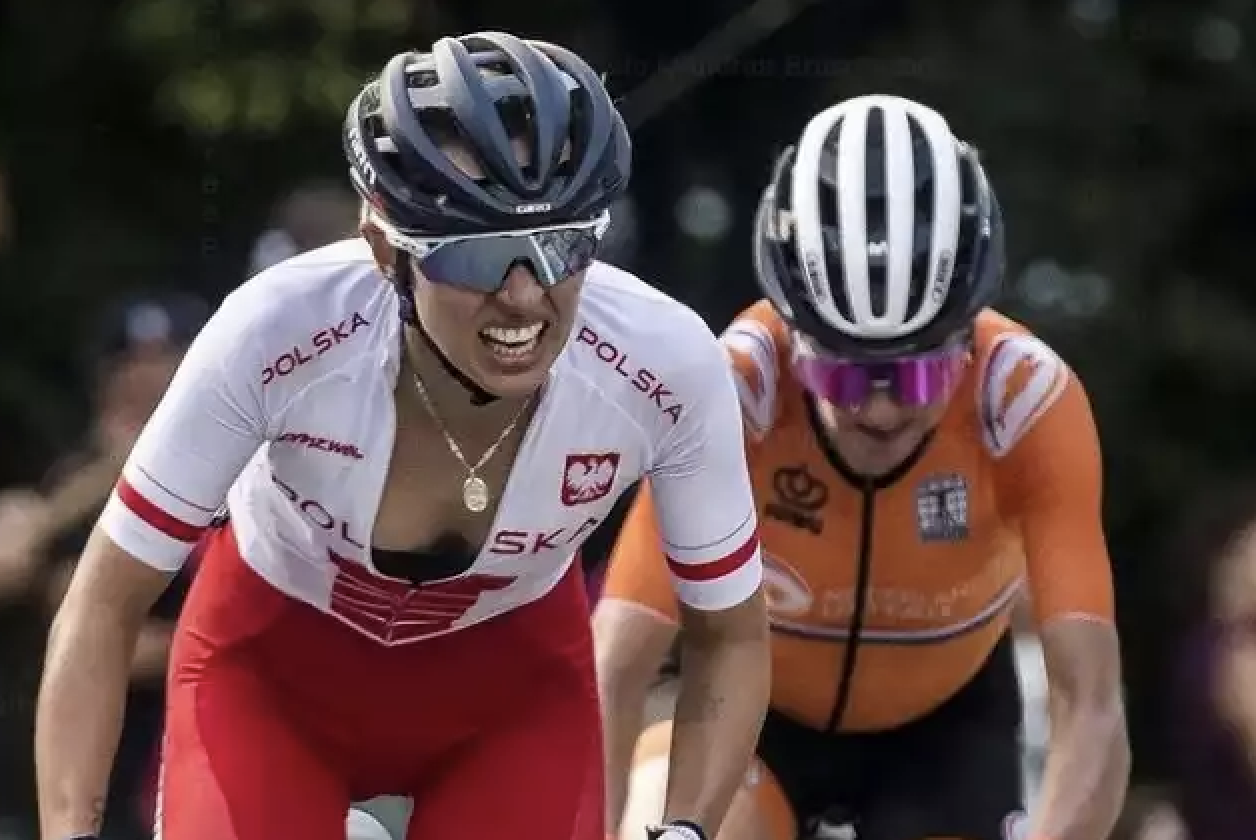
5 ways to go international for junior/U23 riders
17 December 2020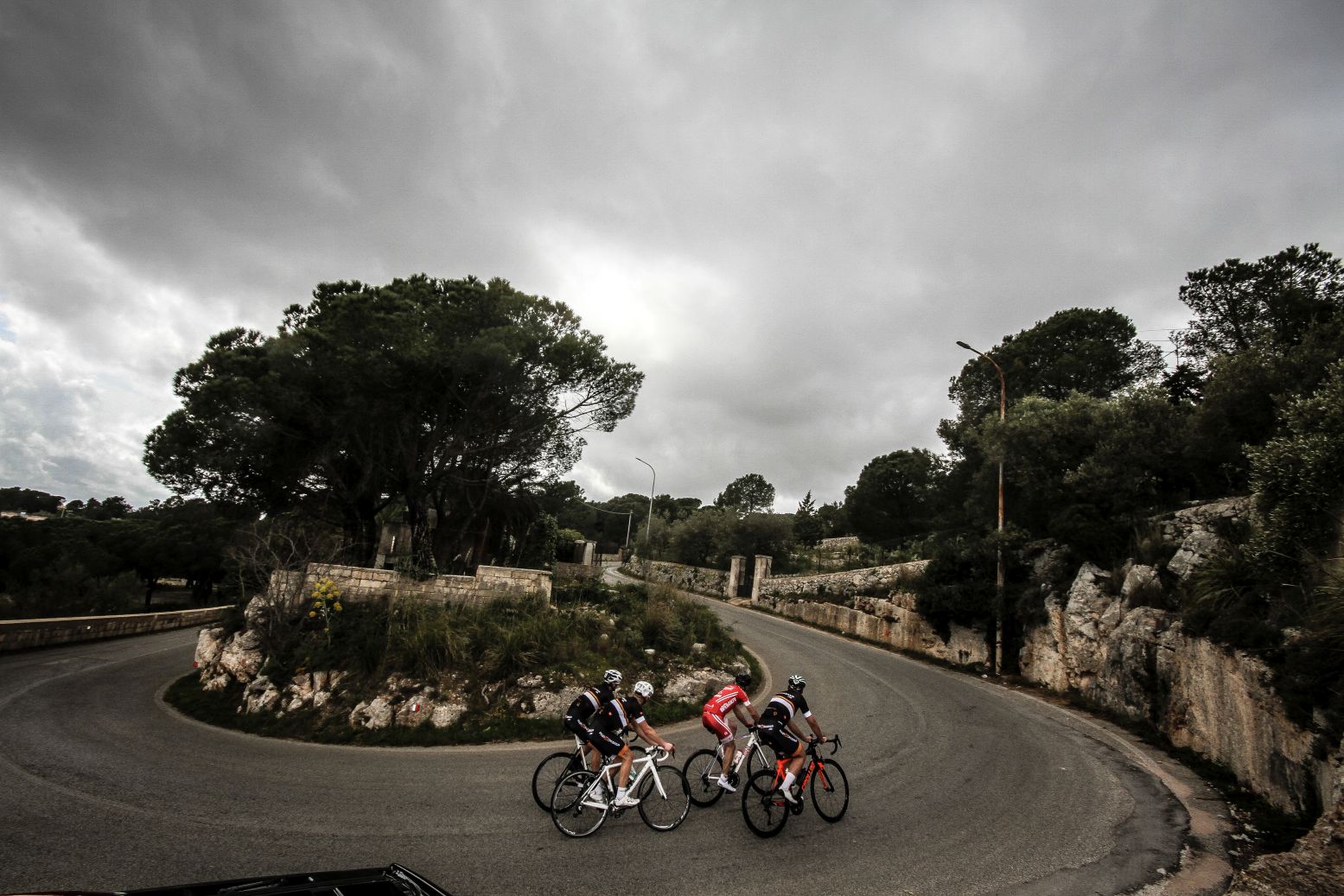
Coronavirus has affected and affects many aspects of life, including cycling training. Cycling and physical exercises give the head a respite and a kind of safety valve, which allows it to function normally and sweat negative energy. Therefore, I think that you should not stop training, but think about how to remodel it.
Of course, the training plan should be verified, but in my opinion it is worth having and remodeling – it allows you to maintain positive habits and routine that gives peace and transfers good energy to other areas of life, both during the epidemic and without it.
For sure the best thing we can do as athletes today is to do everything to stay physically and mentally healthy and help to achieve the same with people around us.
What is coronavirus?
COVID-19 (en. Coronavirus Disease 2019) is the acute respiratory infection caused by SARS-CoV-2 infection. It was first recognized and described during a series of cases that began in December 2019 in Wuhan region, China. It is spreading fast over the world, especially within people who have close contact with each other.
Most patients have mild symptoms and a good prognosis, common symptoms include fever, dry cough, fatigue and shallow breathing. Less common symptoms include sore throat, runny nose and sneezing. Most cases of the disease are mild, but some may lead to pneumonia or multi-organ failure.

How to behave when we train actively:
- Take care of a healthy diet
- Get hydrated
- Sleep well
- Take care of hygiene
- Train and transfer positive energy to others
Details:
- Wash your hands often and thoroughly with warm, soapy water, especially before meals.
- If you do not have access to warm water and soap, use a disinfectant
- Minimize the time spent among people, especially inside and in small spaces
- Avoid eating together (chips, dips, nuts, sweets from one package, etc.)
- Hydrate yourself because the mucous membranes in the nose and throat work better when wet.
- Try to sleep 10-30% longer than before, even if it will only be an extra nap during the day
- Reduce stress as much as possible, because its high level causes cortisol burst, which impairs immune function
- Do not lose weight during this period, because a negative calorie balance also reduces the efficiency of the immune system
- Supplement vitamin D during a longer stay indoors, because probably (according to research from 2018) it is effective in preventing the development of upper respiratory tract infections, similar to vit. C (in addition to tablets, you will find them in: sea fish, citrus, paprika, kiwi, kale, sardines, cod liver oil, eggs).
How to train?
I think that one can exercise, but you should take all necessary precautions. According to many doctors, you can spend time on low-intensity training (in my opinion, IF <0.75, intensity zones up to 90% FTP / LT HR for a short time, 10min as the maximum) outside, but it’s best to do it outside the city or in the forest (mtb, gravel, cx). For people living in city centers, a good solution may be a trip with a bicycle outside the city center and training behind city gates.
It’s best to pedal alone, being well-dressed, optimally with a headscarf. Training volume 1.5-4h in my opinion, this is the upper range for trained people, for whom it does not pose a heavy load.

I would not exceed more than 150-180 TSS in training at the time, because more can weaken the immune system, especially at low temperatures (<10 * C).
Remember that the immune system is most exposed to pathogens right after training, up to 4-5 hours. Then it’s best to avoid meeting other people, and definitely refuse close contact (touch). It is also good to eat simple sugars immediately after training, so that the body has energy to regenerate and restore the full functioning of the immune system (banana, bread with jam, carbohydrate nutrient, dried fruit, rice waffles, etc.).
The issue of the entire medical system is also important. If we have a serious accident on a bicycle and a respirator is needed, the situation can be dramatic. The risk is low, but it is. In addition, we do not pose a risk of burdening the medical system caused by ourselves in e.g. fracture / injury.
In addition, at low temperatures it is easier to catch a cold on a bike, and getting to the doctor can also be difficult. So, remember about these threats when deciding on the place of training and risk which exists.
What about the quality of training?
Before answering, let us consider two facts: no races in the near future and the arrival of spring. No races means that you are not needed to be in a good shape and it is worth delaying it if you want to achieve peak fitness on the start day. For now, it is not known when it will come, so a descent from training intensity is advisable, especially after a period of shorter and stronger trainings in winter, the building phase of an oxygen/aerobic base in the current mesocycle is desirable from the coaching perspective.
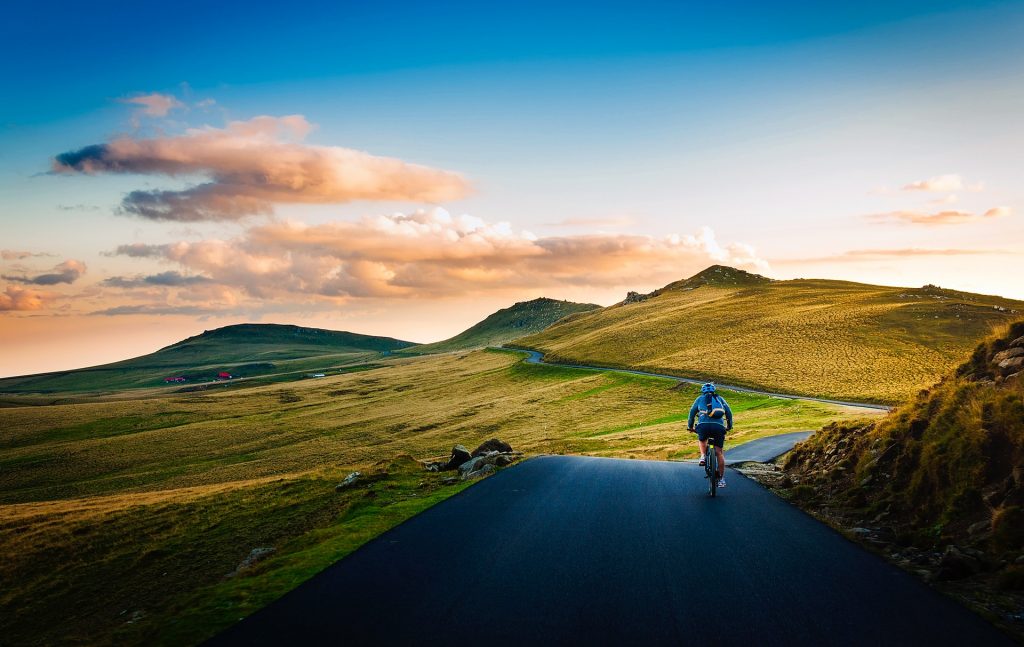
It is worth focusing on aerobic volume training (56-70% FTP or about 70-80% LT HR – with FTP 275W and threshold heart rate of 170, these values are: 151-192W and 120-136 HR on average) arranged in blocks 2-3 days, separated by a day off or regenerative ride. After 2 such blocks, I recommend taking 2-4 days looser in the regeneration cycle to improve training adaptations and the efficiency of the immune system.
If, however, we decide to train on an indoor trainer, which I encourage, then we can do intensive training for 1-1.5 hours, with intervals, but immediately after it (4-5 hours) let’s stay at home and so plan the time to start training – then we reduce the risk of getting sick because of a weaker immune system in the period after hard training.
I also recommend maintaining strength exercises at home, both with your own body weight and dumbbells, TRX, barbells, kettlebells, to move the muscular system and work with those muscle parts that are not heavily loaded on the bike.
Bibliografia:
1. Woods J.A., Keylock K.T., Lowder T., Vieira V.J., Zelkovich W., Dumich S. Cardiovascular exercise training extends influenza vaccine seroprotection in sedentary older adults: the immune function intervention trial. J Am Geriatr Soc. 2009;57:2183–2191. [PubMed] [Google Scholar]
2. Lowder T., Padgett D.A., Woods J.A. Moderate exercise protects mice from death due to influenza virus. Brain Behav Immun. 2005;19:377–380. [PubMed] [Google Scholar]
3. Nieman D.C., Wentz L.M. The compelling link between physical activity and the body’s defense system. J Sport Health Sci. 2019;8:201–217. [PMC free article] [PubMed] [Google Scholar]
5. https://www.bbc.com/sport/51902553
6. https://www.ncbi.nlm.nih.gov/pmc/articles/PMC7031769/
7. https://www.cdc.gov/coronavirus/2019-nCoV/summary.html
8. https://www.cdc.gov/coronavirus/2019-ncov/php/guidance-evaluating-pui.html
